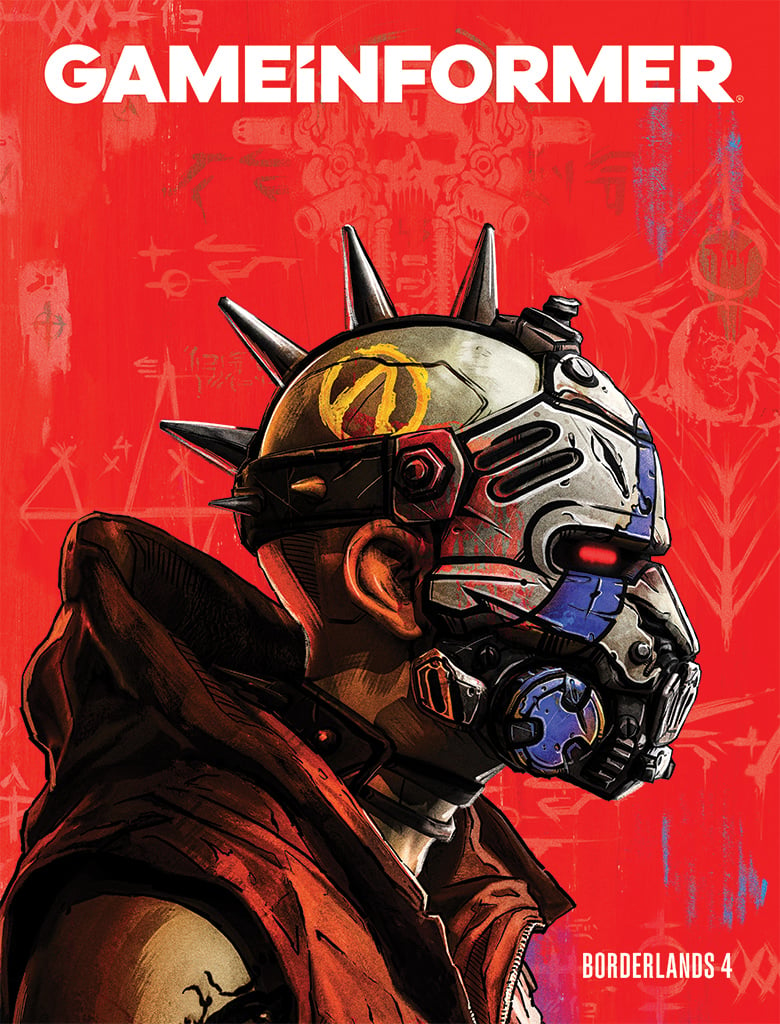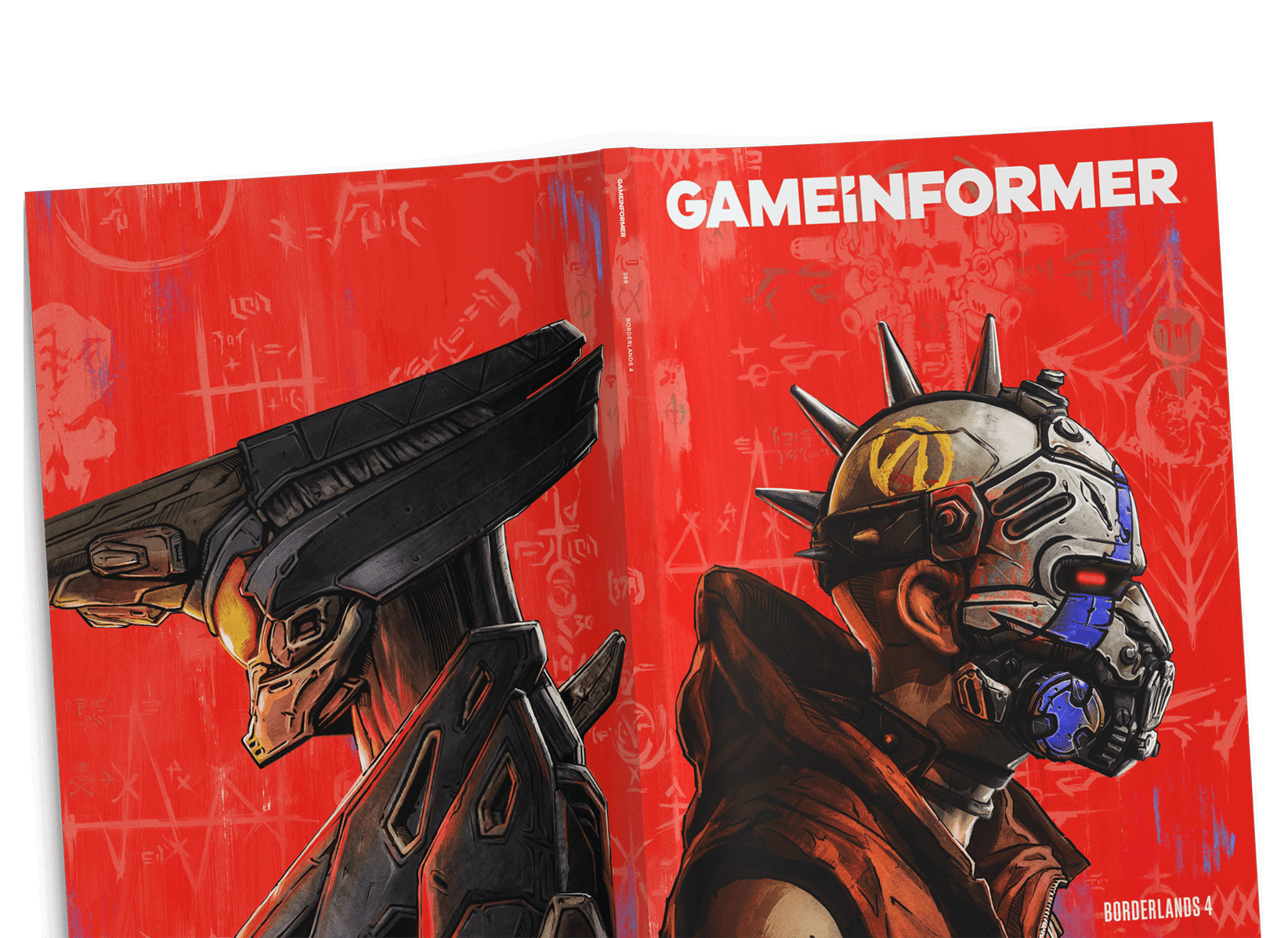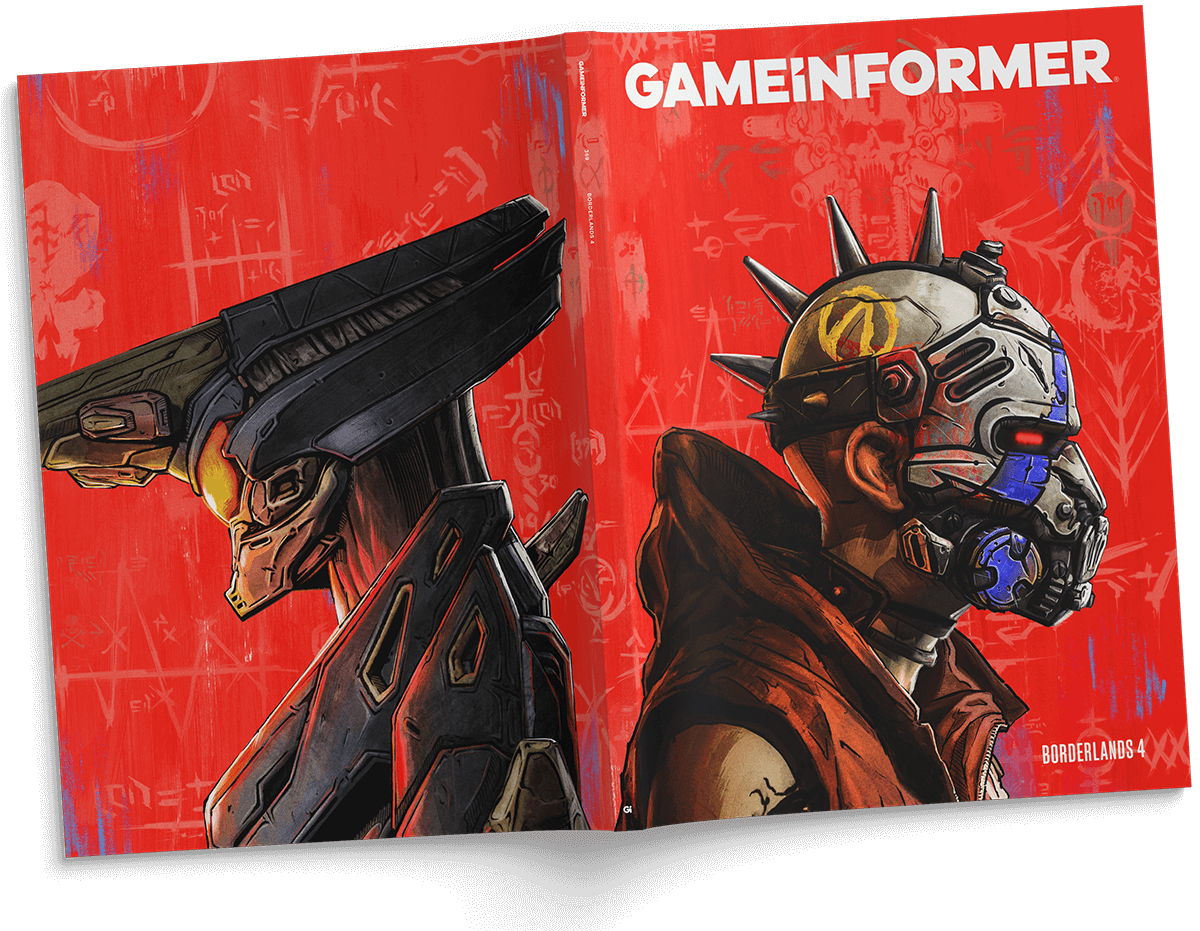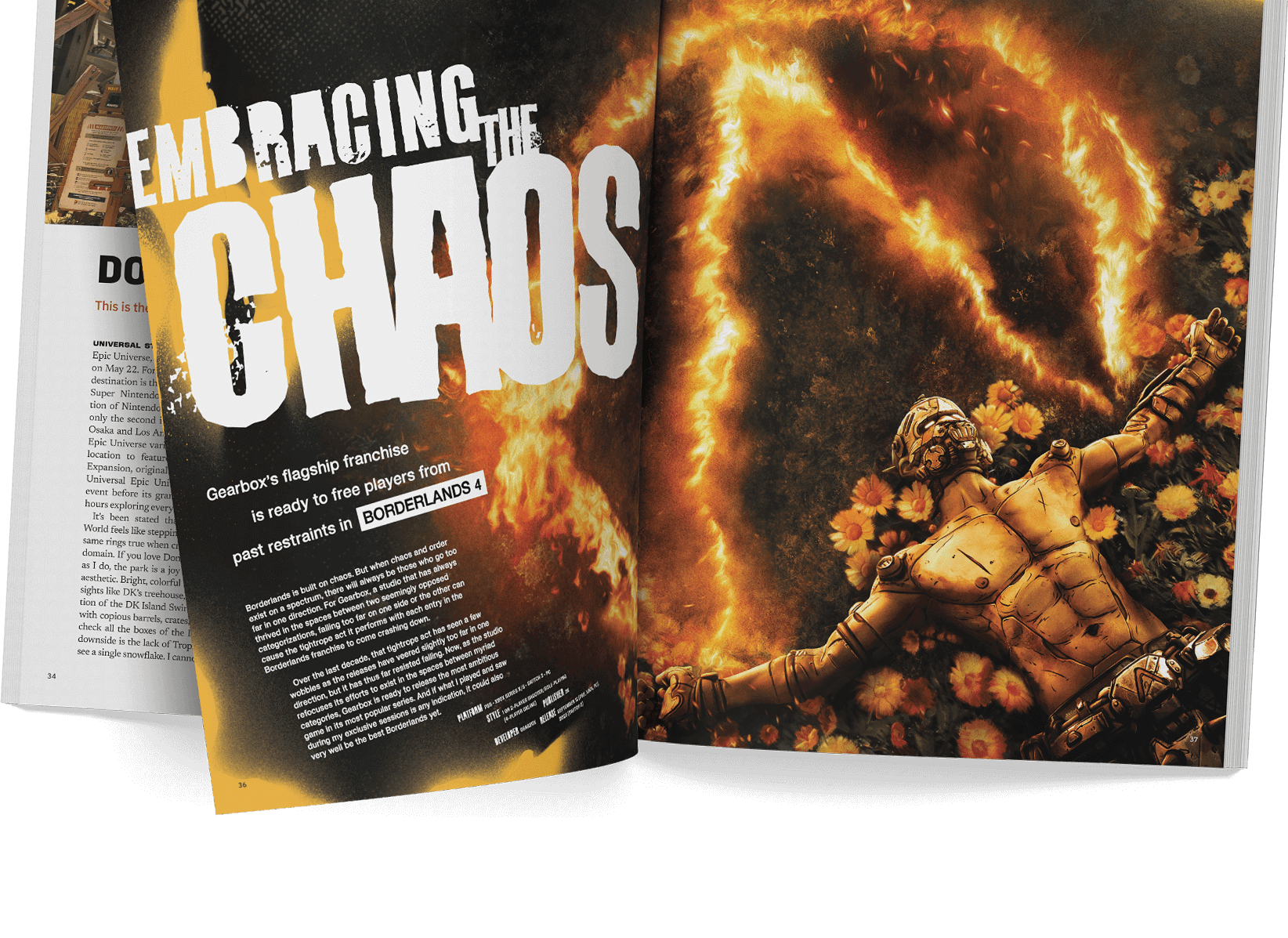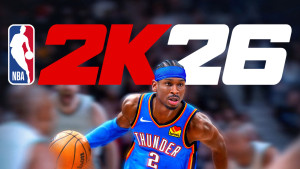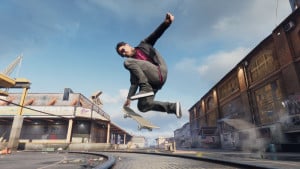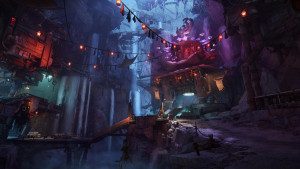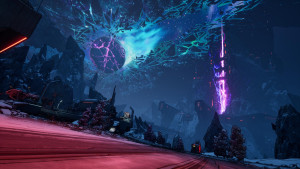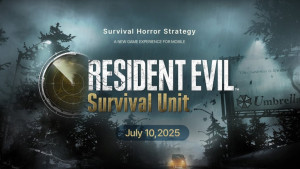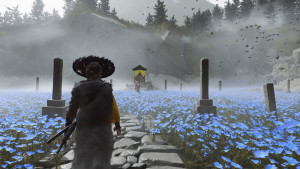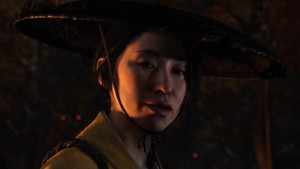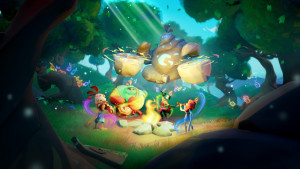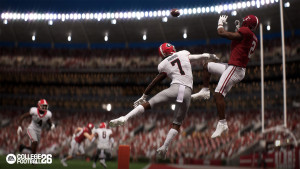Be the first to get Game Informer’s August Issue! Subscribe Now
Top Of The Table – Star Wars: Destiny
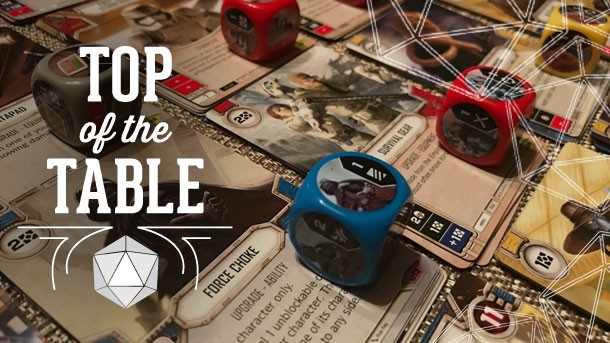
As a fictional universe, Star Wars has a lot of fertile ground for exploration by any game creator. With multiple eras, hundreds of characters, and a wealth of storylines to draw on, the challenge becomes finding an angle on the series that feels fresh but still authentic to the source material. Fantasy Flight’s new card and dice game embraces the totality of the Star Wars canon, but more importantly, innovates within the crowded CCG market, offering an accessible and rewarding twist on expectation.
Fantasy Flight Games led the charge a few years ago away from collectible card games when the company began its popular “Living Card Games” concept, a system that eliminated the blind-purchase element of card games in favor of standardized expansions with designated, non-randomized card sets. Fantasy Flight’s own Star Wars: Destiny eschews that new dynamic, returning to blind boosters as a structure, complete with both the excitement and frustration inherent to the formula.
In my own tabletop hobby, I’ve rarely been willing to embrace the collectible card game scene for this very reason; blind purchases, and inconsistent decks from player to player, often rub me the wrong way. It’s fair to say that I approached Star Wars: Destiny with a healthy skepticism.
I’m happy to report that my time with the game has done a lot to assuage my concerns, in part because Star Wars: Destiny is simply so much fun, and feels so different from many of its competitors. The addition of dice adds a new layer of strategy, the integration of the Star Wars theme is uniformly strong, the art is beautiful, and the game is easy to teach and learn.
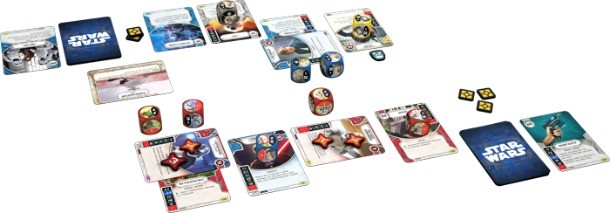
On its top level, Star Wars: Destiny is a two-person dueling game. Each player brings a customized deck of 30 cards (and their respective dice) to the table. Each player also brings a single Battlefield card into the mix, and one of those cards is selected as the game begins to be the locale for the conflict. Control of the battlefield throughout the game becomes one of the elements of play. Play bounces back and forth between players in quick single-action turns, which constantly gives each player a chance to respond to what’s unfolding on the table. Players aim to defeat all the enemy characters to win, or alternately by completely depleting an opponent’s card supply.
The aspect of gameplay that most concerned me ended up being the part of Star Wars: Destiny that I liked the most. The dice play is a particular highlight of how everything works, and they are used in a way that plays into the game’s strategic elements, rather than detracting from them. Important cards, like your main characters and weapons, often have a custom die attached to them. Each colored die has distinct pictures and stats, and those potential die results are also shown on the paired card, so you can continually strategize about the possible outcomes of the roll. By activating and exhausting a character/card, you roll all the dice connected to them, but the resulting rolls don’t usually trigger immediately. Instead, your opponent has a chance on their turn to respond to the results of your rolls, potentially altering or eliminating one or more of your die results.
When your turn rolls back around, you can activate all the dice that share a symbol. For instance, you might be able to inflict two ranged damage on one of your opponent’s characters, or give three shields to your character. In a different situation, you might have a choice to either gain a resource (which lets you play more cards into play), or alternately trigger a special ability on one of your cards already in play. There’s even a die result that lets you turn other dice to a result of your choice. Since you can only activate one effect on each turn, there’s a constant give and take between what dice to trigger and how you counter your opponent.
That challenging choice extends beyond which symbols to activate on your dice, also encompassing the broader selection of which action to take each turn. Resolve some of your dice, or play a card from your hand? Activate a character to roll their dice, or discard a card to reroll all the dice already in your pool? Gameplay moves fast, but one small decision can turn the tide of the fight. Fail to counter a big roll from your opponent, and you can suddenly lose one of your major heroes to a devastating attack. But if you’re forced to constantly play defense, you never get your own cards into play, which can be just as dangerous.
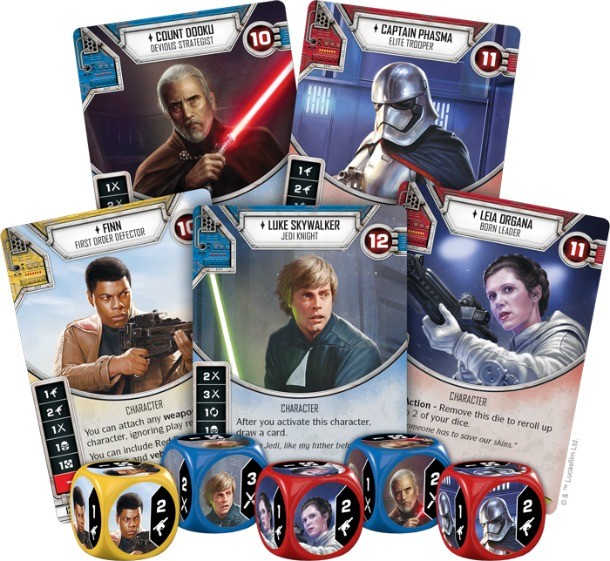
Beyond the brisk gameplay structure, I also love the way that designers Lukas Litzsinger and Corey Konieczka have layered Star Wars lore and concepts into card effects and die results. Kylo Ren’s “Mind Probe” card deals damage for each card in your opponent’s hand, reflecting the idea that the more knowledge they have, the more damage is done. “Let The Wookiee Win” demands that your opponent either take damage (get their arms torn off) or remove dice from their pool (letting Chewie get the upper hand in the game). When the event card “Disturbance In The Force” deploys, all dice get rerolled to reflect the strange movements of the Force. I often found myself smiling at the way individual cards reflected their place in the broader fiction.
Rather than limit this initial release of the game (entitled Awakenings, to distinguish itself from subsequent expansions) to one era or movie, we see characters and situations drawn from across the existing canon. New personalities like Poe Dameron and Captain Phasma can show up alongside established heroes and villains like Han Solo or Count Dooku. The art across the Awakenings set of 174 cards (67 of which have dice) is evocative and original, and taps into nostalgic memories that reflect years of film viewing. There’s even nods to the animated properties, like a card for a Nightsister, or a bounty hunter-themed card that depicts Cad Bane.
I don’t always talk about pricing when examining the games in this column, but given the collectible structure, it’s worth mentioning a bit about what you might be getting yourself into if you decide to give it a shot. The two starter sets (themed around Kylo Ren and Rey) each come with a solid set of 24 cards and 9 dice, and if bought together for the retail price of $14.95, is enough to run a great game, even if neither player necessarily has a completely full deck. Subsequent boosters include five cards and a single die related to one of the cards in the pack, and MSRP for those boosters is $2.99.

I spoke with Fantasy Flight about what players can expect out of those boosters, and they shared details about how rarity works in the game. In each pack, three cards will be commons, one will be uncommon, and the last will be either rare or legendary; only rares and legendaries have dice. About one in six packs contains a legendary; big legendary cards like Darth Vader and the Millennium Falcon may take some hunting.
After opening up a bunch of boosters to supplement my starter decks, I’ve been quite pleased with the flexibility of the customization system, which is easy to grasp and start experimenting with. I had a blast looking for combos of the right lightsaber to match with my General Grievous, or thinking about how I might leverage a TIE fighter to bring down the shields of an opponent who tends toward a strong defensive playstyle. The interdependency of various cards/dice welcomes clever thinking prior to when the match gets started – a must for any collectible game that hopes for longevity.
Collectible games can be a scary proposition, but I’d encourage Star Wars fans to consider a shot at snagging a couple of Starter Packs, at the very least. The starter game stands strong on its own even without substantial additional investment, and if you do decide to fall down the rabbit hole of additional boosters, this initial Awakenings set offers some great variations and characters to discover.
That dynamic (and investment) certainly isn’t for everyone. If you’re looking for a more standalone Star Wars game experience, I’d heartily recommend checking out the board game Star Wars: Rebellion, which was such a strong title that it was named as one of our best tabletop games of 2016. You can check out all my tabletop gaming recommendations and articles at the full Top of the Table hub by clicking on the banner below. And if you have any games you’d like to see me tackle in a future column, drop me a line via email or Twitter.

